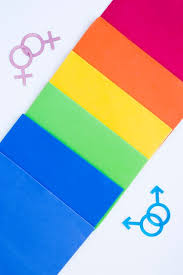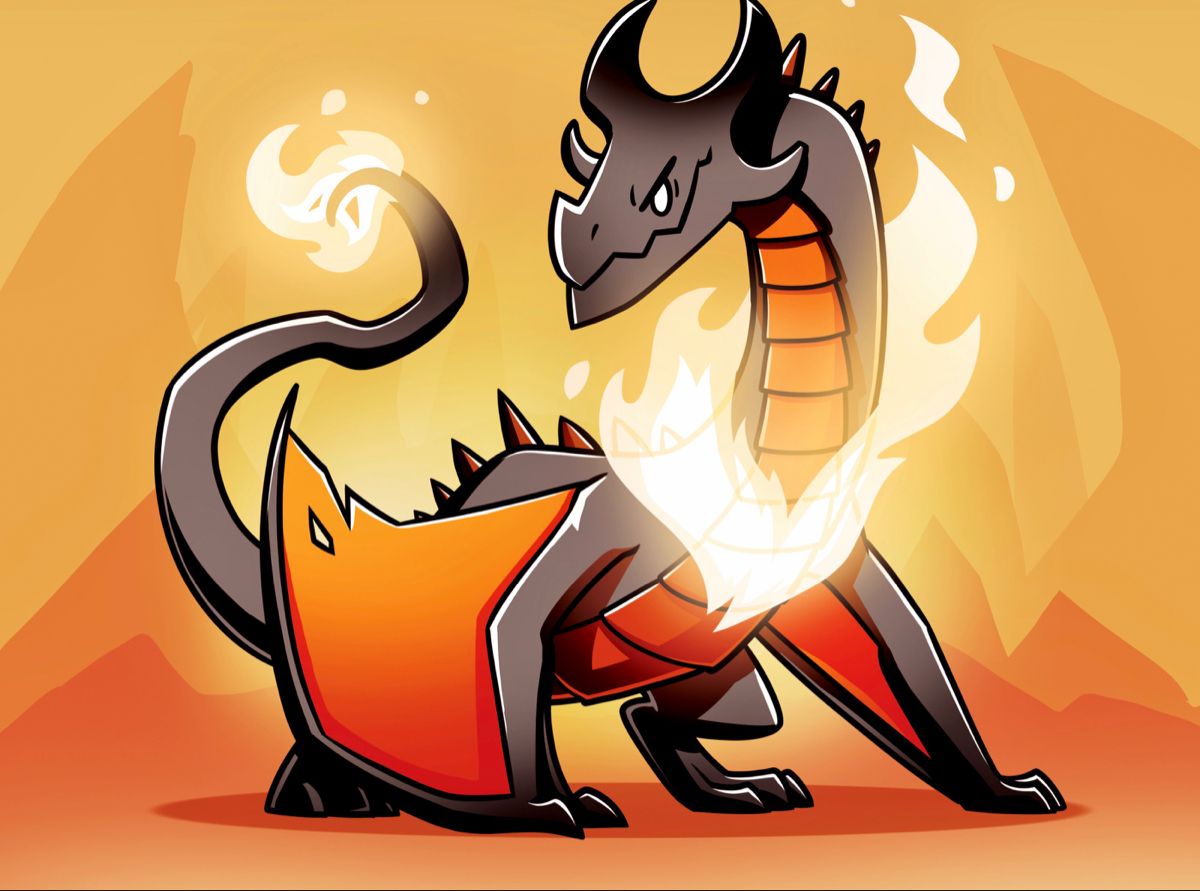The word pansexual has been steadily gaining visibility in conversations about sexuality and identity, especially with the rise of online communities, pride movements, and inclusive media representation. For many people, the term can feel unfamiliar, or it may be confused with related orientations like bisexuality. If you’ve found yourself wondering about the pansexual meaning and what it truly represents, this blog post is here to give you a clear, detailed, and respectful understanding of the term.
In this comprehensive guide, we will explore the definition of pansexuality, its history, how it compares with other identities, common misconceptions, and why representation matters. By the end, you’ll have a thorough understanding of what pansexuality means, both for individuals who identify as pansexual and for society as a whole.
What Does Pansexual Mean?
At its simplest, pansexuality is a sexual orientation characterized by attraction to people regardless of their gender identity or biological sex. A pansexual individual may be attracted to men, women, non-binary people, transgender people, gender-fluid people, and anyone who falls across or outside the gender spectrum.
The prefix “pan” comes from the Greek word meaning “all” or “every.” This does not mean that pansexual people are attracted to everyone they meet, but rather that gender is not a determining factor in their attraction. For example:
- A pansexual person might feel attraction to someone who is male, female, or non-binary.
- Their attraction is based on personality, connection, and individual traits rather than gender categories.
This definition is important because it highlights inclusivity while avoiding the stereotype that pansexuality implies attraction to every single human. Instead, it acknowledges that gender does not limit who a pansexual person can love or feel drawn toward.
A Brief History of Pansexuality
Although the term has become more mainstream in the 21st century, the concept of pansexuality is not new.
- Early usage of “pansexual”: The term originally appeared in psychology and philosophy in the early 20th century, where it was used in a much different sense to describe the idea that all human behavior was rooted in sexual instinct.
- Modern LGBTQ+ adoption: Later, the LGBTQ+ community redefined the term to represent a sexual orientation that transcends gender binaries.
- Cultural visibility: In recent years, celebrities like Miley Cyrus, Janelle Monáe, and Bella Thorne have publicly identified as pansexual, sparking wider recognition and discussion.
This shift in visibility has helped normalize the term and make it more widely understood, though misconceptions still persist.
Pansexual vs. Bisexual: What’s the Difference?
One of the most common questions that arises in discussions about pansexual meaning is: How is pansexuality different from bisexuality?
- Bisexuality: Traditionally defined as attraction to two or more genders (historically “men and women,” though modern bisexuality is understood more inclusively as attraction to more than one gender).
- Pansexuality: Defined as attraction regardless of gender.
The key distinction is that bisexuality acknowledges attraction to multiple genders, while pansexuality emphasizes that gender does not play a role in attraction at all. However, it is also important to note that definitions evolve. Many bisexual people describe their attraction in ways that overlap with pansexuality, leading some to argue that the terms are more similar than different.
Ultimately, labels are personal. Some individuals may prefer bisexual, others pansexual, and some might use both. What matters most is how someone chooses to define their own identity.
Misconceptions About Pansexuality
Like many sexual orientations outside the mainstream, pansexuality faces several myths and misunderstandings. Let’s address a few of the most common:
- “Pansexuals are attracted to everyone.”
This is false. Pansexual people, like anyone else, have preferences. They are not automatically attracted to all genders or all people. - “Pansexuality is just a phase.”
Another myth. Pansexuality is a valid orientation, not a temporary label someone uses before “choosing” another identity. - “Pansexuality and bisexuality are the same thing.”
While they overlap, pansexuality focuses on attraction regardless of gender, while bisexuality highlights attraction to multiple genders. Both are valid and distinct orientations. - “Pansexual people are confused.”
Pansexual individuals are not confused about their orientation. Rather, they recognize that their attraction transcends traditional gender categories. - “Pansexuality is about sexual behavior with everyone.”
Sexual orientation is not the same as sexual activity. A pansexual person may be romantically and emotionally attracted to various genders but still choose relationships based on individual compatibility.
The Pansexual Flag and Symbolism
The pansexual pride flag is a colorful representation of the community. It consists of three horizontal stripes:
- Pink: Attraction to women.
- Yellow: Attraction to non-binary, genderqueer, or gender-nonconforming individuals.
- Blue: Attraction to men.
This flag helps promote visibility and solidarity for pansexual individuals. Just like the rainbow pride flag, it provides a symbol of identity and community.
Why Representation Matters
The pansexual community often struggles with invisibility. Pansexuality is sometimes dismissed as “just bisexuality with another name,” which can erase people’s experiences. Visibility and representation are crucial for:
- Validation: Helping pansexual people feel seen and recognized.
- Education: Teaching others that pansexuality is distinct and valid.
- Support: Creating inclusive spaces where individuals can express themselves freely.
When celebrities, influencers, and everyday people come out as pansexual, they challenge stereotypes and foster acceptance. This ripple effect encourages younger generations to embrace their identities with confidence.
Pansexuality in Relationships
Being pansexual does not change the fundamentals of relationships. Pansexual individuals seek love, intimacy, and companionship just like anyone else. What differs is the potential pool of partners—they are open to people across the gender spectrum.
Some unique aspects of pansexual relationships include:
- Flexibility in attraction: A partner’s gender may not matter, but their character, values, and personality do.
- Misunderstandings: Partners of pansexual individuals may initially feel insecure, believing their loved one is attracted to “everyone,” though this is a myth.
- Celebration of inclusivity: Pansexual relationships often serve as examples of love transcending traditional boundaries.
How to Support Pansexual People
If you want to be an ally to pansexual individuals, here are some simple but impactful ways:
- Use inclusive language – Avoid assumptions about gender in conversations about attraction or relationships.
- Respect identities – If someone identifies as pansexual, don’t dismiss it as “just bisexuality.”
- Educate yourself – Learn about pansexuality to avoid perpetuating stereotypes.
- Listen and validate – Each pansexual person’s experience is unique. Respect their personal story.
- Celebrate visibility – Share awareness during Pride Month and beyond to normalize pansexuality.
Conclusion
Understanding the pansexual meaning goes beyond dictionary definitions. It is about recognizing a valid sexual orientation that celebrates attraction regardless of gender. Pansexuality challenges rigid binaries, promotes inclusivity, and emphasizes love and connection over labels.









